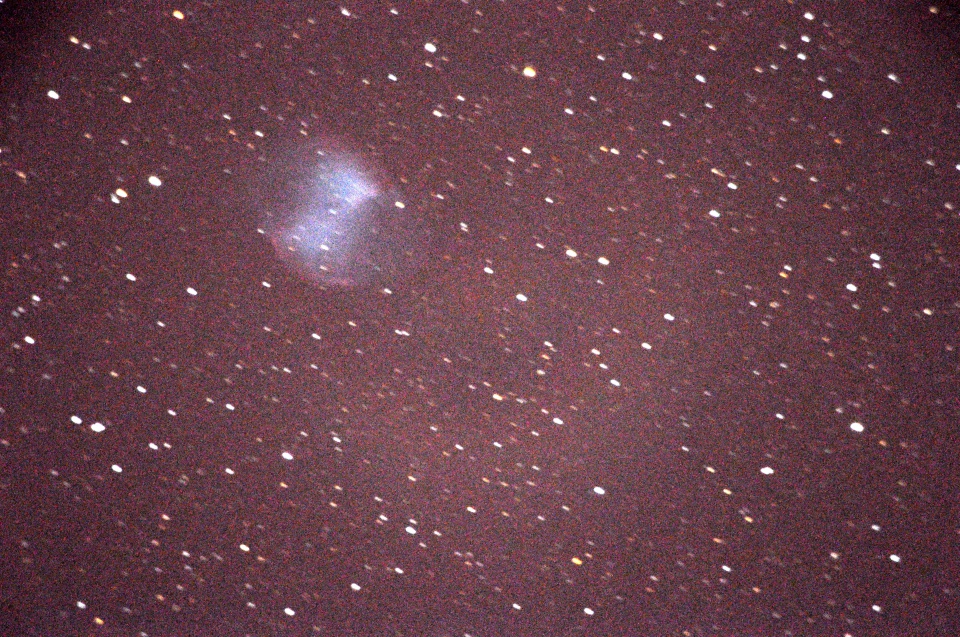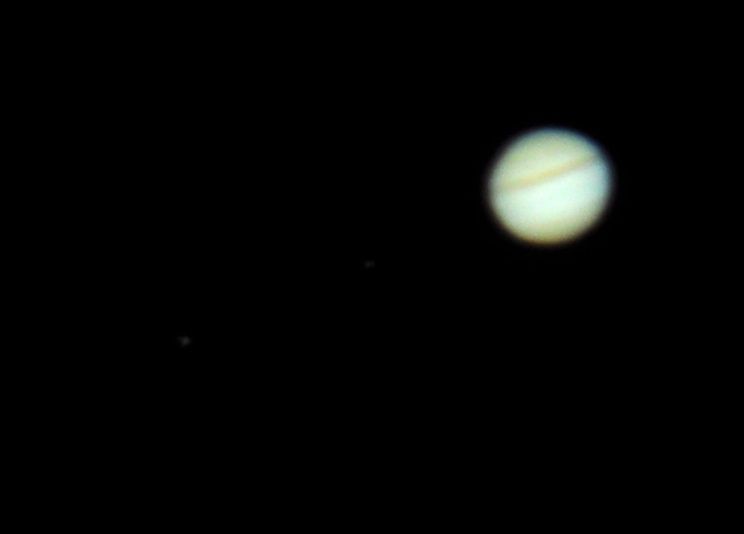As mentioned in a previous post, I’m recently bought a new telescope with the thought of using it for astrophotography.
Now, seeing as the last part of the order turned up a little over a week ago, the equatorial wedge, I’m finally in a position to start on the project in earnest. To this end I went out shopping on Saturday for a camera and a machine to drive the camera and the ‘scope.
Having read quite a great deal and seen images which other people have managed to take, I opted for the Nikon D90 as the camera body to obtain. Currently, it’s probably the best time to get one of these cameras as it is about to be replaced by the D7000 and hence the street price is at its lowest. Waiting for the D7000 to appear would be counter productive as it will not only be at a premium price which is almost double that of the D90 but also doesn’t have anything really to help with the task at hand. (The main improvements over the D90 are in the realms of auto-focus and a more robust, and heavier, body.)
Unfortunately, because it is about to be replaced it is becoming scarcer, which meant that I could only find it as part of a kit with a lens I don’t actually need. Oh well.
On the control machine front, I picked up a netbook. The twin-core, 1.6GHz Atom processor powered Acer Aspire-One 533 should be ample for the task. There’s not a great deal of processing power required to control the camera, acquire the images or run Stellarium or similar to drive the ‘scope. I just need to get a serial cable now.
Anyway, Saturday evening was a beautiful evening with crystal clear skies, which gave me a good opportunity to have a first experiment.
The results? Well, OK for a first attempt. It’s very difficult to get a good focus when looking though the viewfinder. My first target was the Moon:

Not too bad for a first attempt…. Then over to the Dumbell Nebula:

As you can see, this 60 second exposure really shows up the problem with light pollution in the area I live. I’m going to have to look into getting a light pollution filter.
Finally, I spent a little while trying to image Jupiter. The best I managed was this:

I’m definitely going to have to look into ways of getting a sharper focus. Not all of the fuzziness is caused by atmospheric disturbance.
Anyway, following on from my photographic exploits I noticed one of the Jovian moons, Io, coming out from behind the planet. It’s amazing but you can actually see it move relative to the planet with the gap visibly changing in only seconds. It must be moving at quite a speed.
Still, I’m not likely to get another chance to play in the near future, looking at the weather forecast. The next items on the shopping list: landscaping with paving and a rolling roof observatory such as this:
